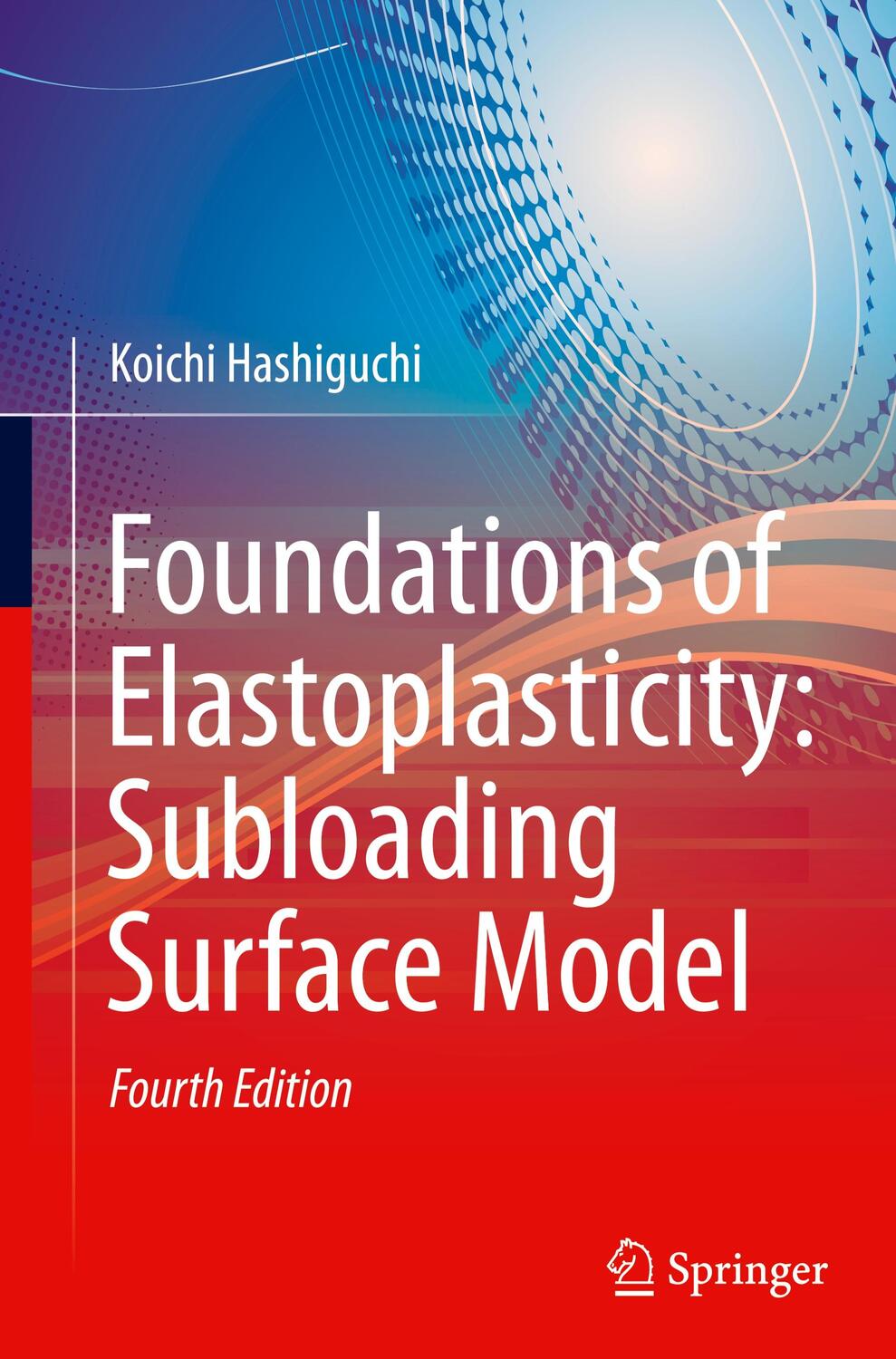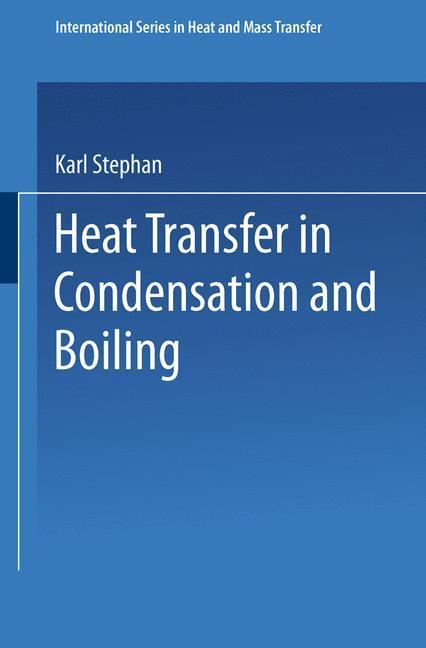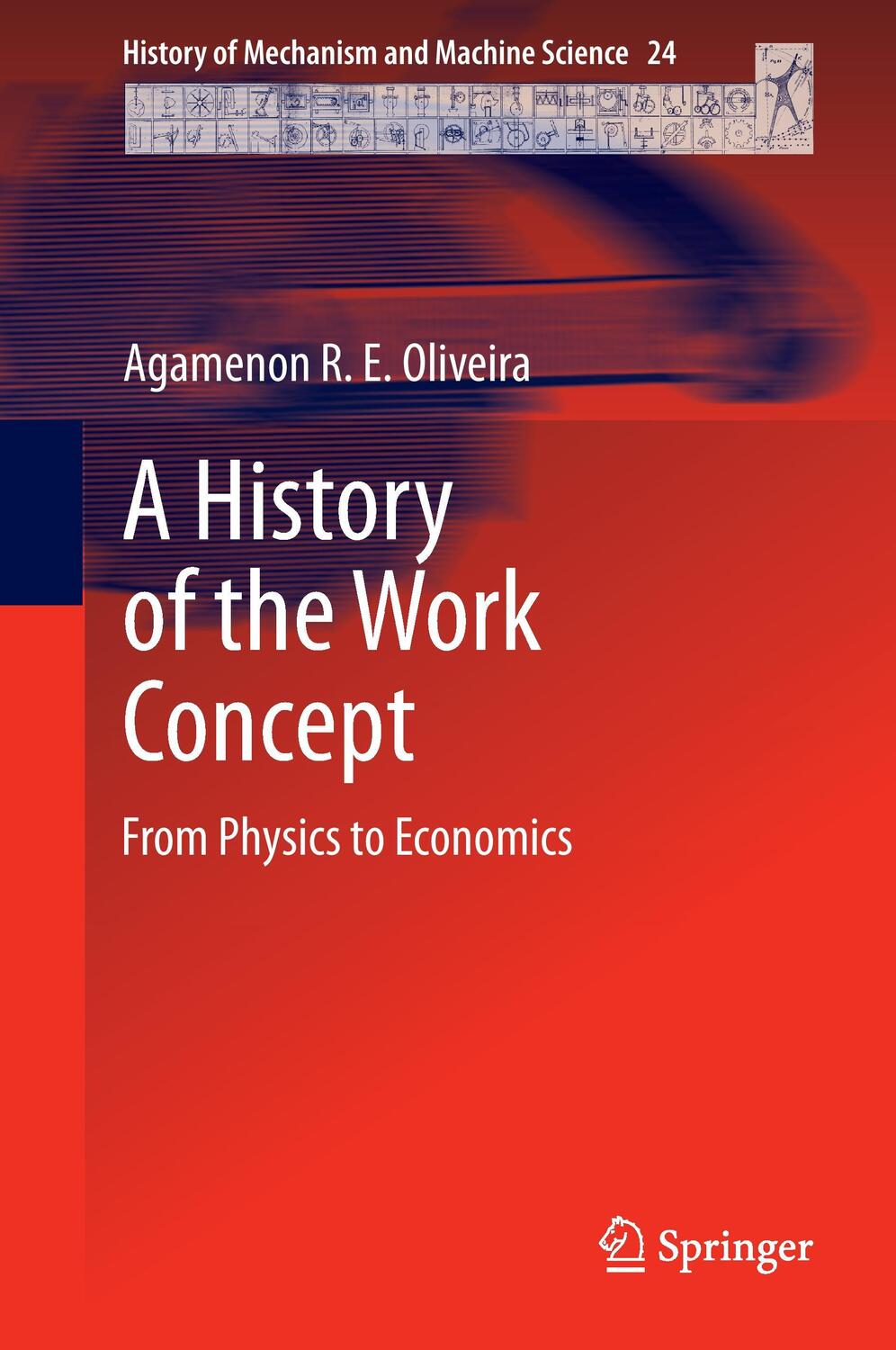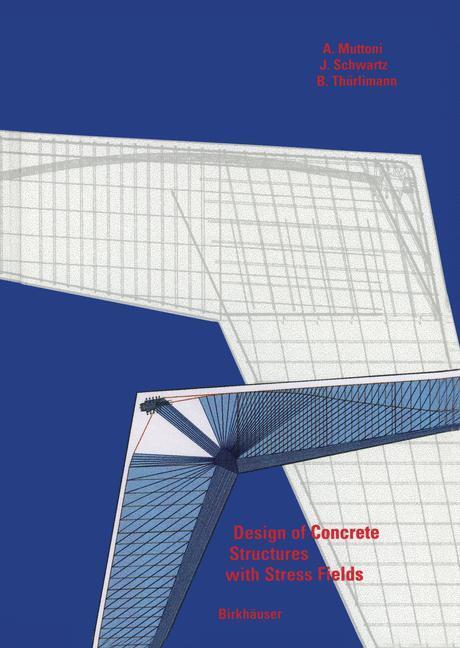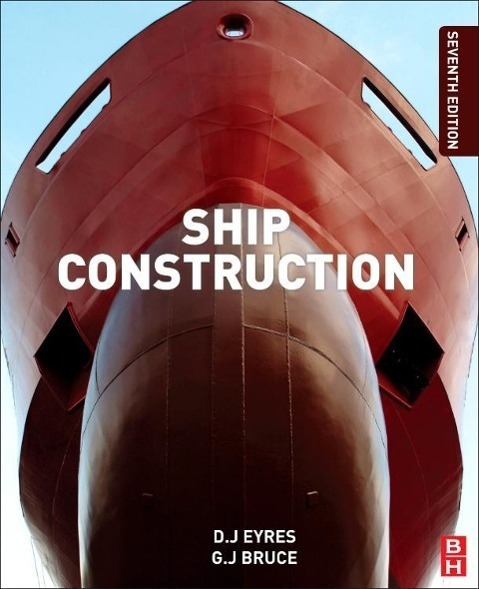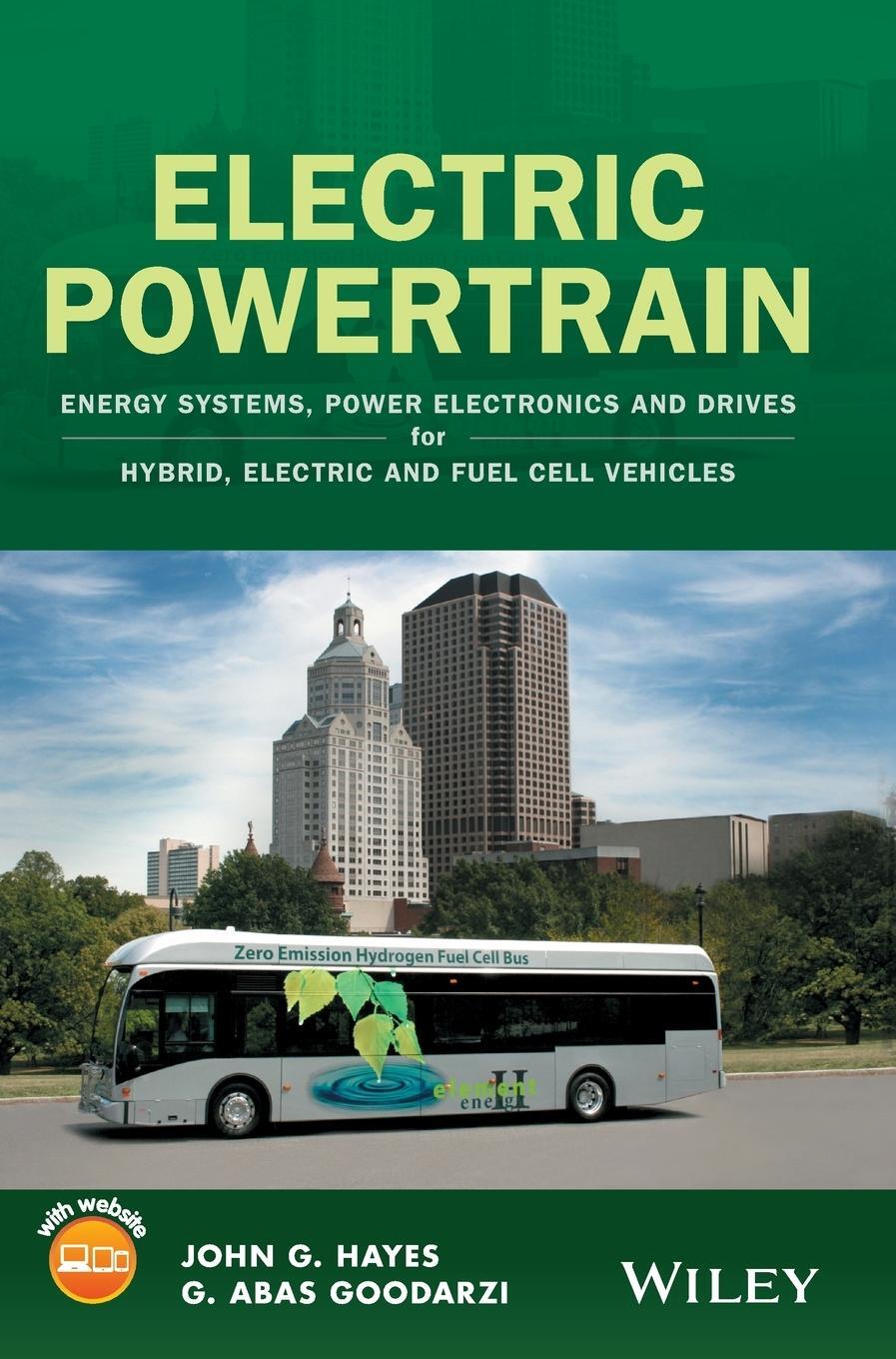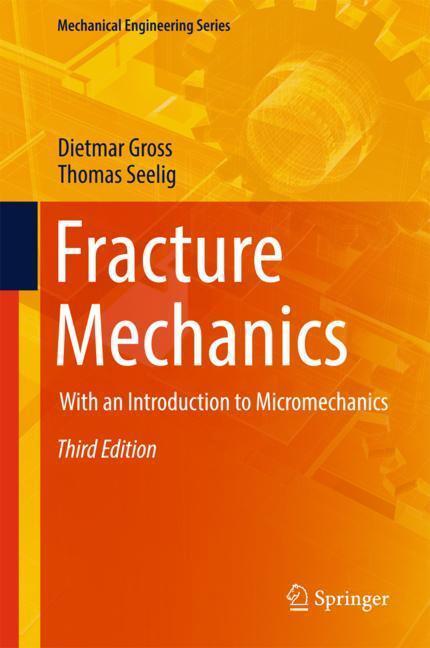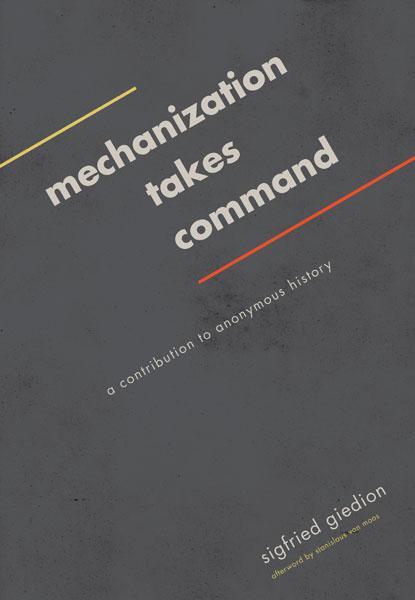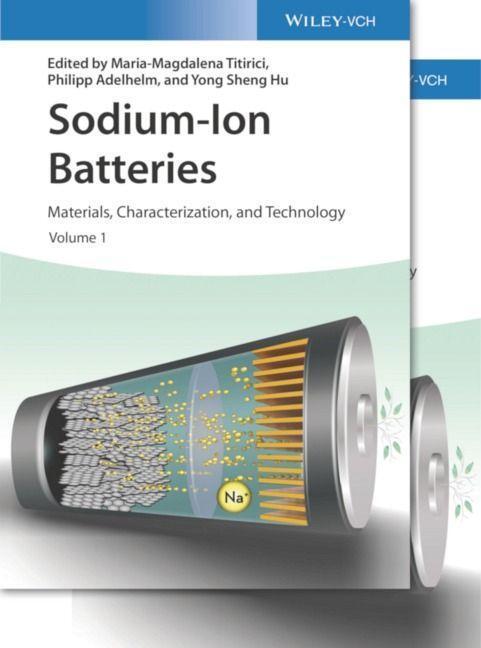207,95 €*
Versandkostenfrei per Post / DHL
Lieferzeit 2-3 Wochen
1) The subloading surface concept underling the cyclic plasticity is introduced, which insists that the plastic deformation develops as the stress approaches the yield surface. Thus, the smooth elastic-plastic transition leading to the continuous variation of the tangent stiffness modulus is described always.
2) The subloading-overstress model is formulated by which the elastoplastic deformation during the quasi-static loading and the viscoplastic deformation during the dynamic and impact loading can be described by the unified equation. Then, only this model can be used to describe the deformation in the general rate of deformation, disusing the elastoplastic constitutive equation.
3) The hyperelastic-based (visco)plasticity based on the multiplicative decomposition of deformation gradienttensor and the subloading surface model is formulated for the exact descriptions of the finite elastic and (visco)plastic deformations.
4) The subloading-friction model is formulated for the exact description of the dry and the fluid (lubricated) frictions at the general rate of sliding from the static to the impact sliding.
Thus, all the elastic and inelastic deformation/sliding phenomena of solids can be described accurately in the unified equation by the subloading-overstress model. The subloading surface model will be engraved as the governing law of irreversible deformation of solids in the history of solid mechanics.
1) The subloading surface concept underling the cyclic plasticity is introduced, which insists that the plastic deformation develops as the stress approaches the yield surface. Thus, the smooth elastic-plastic transition leading to the continuous variation of the tangent stiffness modulus is described always.
2) The subloading-overstress model is formulated by which the elastoplastic deformation during the quasi-static loading and the viscoplastic deformation during the dynamic and impact loading can be described by the unified equation. Then, only this model can be used to describe the deformation in the general rate of deformation, disusing the elastoplastic constitutive equation.
3) The hyperelastic-based (visco)plasticity based on the multiplicative decomposition of deformation gradienttensor and the subloading surface model is formulated for the exact descriptions of the finite elastic and (visco)plastic deformations.
4) The subloading-friction model is formulated for the exact description of the dry and the fluid (lubricated) frictions at the general rate of sliding from the static to the impact sliding.
Thus, all the elastic and inelastic deformation/sliding phenomena of solids can be described accurately in the unified equation by the subloading-overstress model. The subloading surface model will be engraved as the governing law of irreversible deformation of solids in the history of solid mechanics.
Understandable book even for beginners in the field of elastoplasticity
Explains the physical background with illustrations and descriptions of detailed derivation processes without a jump
The fourth edition is completely revised including a large amount of completely new chapters and sections
Mathematical Preliminaries: Vector and Tensor Analysis.- Description of Motion.- Description of Tensor (Rate) in Convected Coordinate System.- Deformation/Rotation Tensors.- Stress Tensors and Conservation Laws.- Objectivity and Objective (Rate) Tensors.- Elastic Constitutive Equations.- Elastoplastic Constitutive Equations.- Unconventional Elastoplasticity Model: Subloading Surface model.- Cyclic Plasticity Model: Critical Reviews and Assessments.- Extended Subloading Surface Model.- Constitutive Equations of Metals.- Constitutive Equations of Soils.- Subloading-overstress model.- Subloading-Damage Model.- Subloading Phase-transformation Model.- Multiplicative Hyperelastic-based Plasticity with Subloading Surface Concept.- Viscoelastic-viscoplastic Model of Polymers.- Corotational Rate Tensors.- Localization of Deformation.- Hypoelastic- and Multiplicative Hyperelastic-based CrystalPlasticity.- Constitutive Equation for Friction: Subloading-friction Model.
| Erscheinungsjahr: | 2023 |
|---|---|
| Fachbereich: | Fertigungstechnik |
| Genre: | Technik |
| Rubrik: | Naturwissenschaften & Technik |
| Medium: | Buch |
| Seiten: | 876 |
| Inhalt: |
xx
853 S. 372 s/w Illustr. 179 farbige Illustr. 853 p. 551 illus. 179 illus. in color. |
| ISBN-13: | 9783030931377 |
| ISBN-10: | 3030931374 |
| Sprache: | Englisch |
| Ausstattung / Beilage: | HC runder Rücken kaschiert |
| Einband: | Gebunden |
| Autor: | Hashiguchi, Koichi |
| Auflage: | 4th ed. 2023 |
| Hersteller: |
Springer International Publishing
Springer International Publishing AG |
| Maße: | 241 x 160 x 52 mm |
| Von/Mit: | Koichi Hashiguchi |
| Erscheinungsdatum: | 13.06.2023 |
| Gewicht: | 1,461 kg |
Understandable book even for beginners in the field of elastoplasticity
Explains the physical background with illustrations and descriptions of detailed derivation processes without a jump
The fourth edition is completely revised including a large amount of completely new chapters and sections
Mathematical Preliminaries: Vector and Tensor Analysis.- Description of Motion.- Description of Tensor (Rate) in Convected Coordinate System.- Deformation/Rotation Tensors.- Stress Tensors and Conservation Laws.- Objectivity and Objective (Rate) Tensors.- Elastic Constitutive Equations.- Elastoplastic Constitutive Equations.- Unconventional Elastoplasticity Model: Subloading Surface model.- Cyclic Plasticity Model: Critical Reviews and Assessments.- Extended Subloading Surface Model.- Constitutive Equations of Metals.- Constitutive Equations of Soils.- Subloading-overstress model.- Subloading-Damage Model.- Subloading Phase-transformation Model.- Multiplicative Hyperelastic-based Plasticity with Subloading Surface Concept.- Viscoelastic-viscoplastic Model of Polymers.- Corotational Rate Tensors.- Localization of Deformation.- Hypoelastic- and Multiplicative Hyperelastic-based CrystalPlasticity.- Constitutive Equation for Friction: Subloading-friction Model.
| Erscheinungsjahr: | 2023 |
|---|---|
| Fachbereich: | Fertigungstechnik |
| Genre: | Technik |
| Rubrik: | Naturwissenschaften & Technik |
| Medium: | Buch |
| Seiten: | 876 |
| Inhalt: |
xx
853 S. 372 s/w Illustr. 179 farbige Illustr. 853 p. 551 illus. 179 illus. in color. |
| ISBN-13: | 9783030931377 |
| ISBN-10: | 3030931374 |
| Sprache: | Englisch |
| Ausstattung / Beilage: | HC runder Rücken kaschiert |
| Einband: | Gebunden |
| Autor: | Hashiguchi, Koichi |
| Auflage: | 4th ed. 2023 |
| Hersteller: |
Springer International Publishing
Springer International Publishing AG |
| Maße: | 241 x 160 x 52 mm |
| Von/Mit: | Koichi Hashiguchi |
| Erscheinungsdatum: | 13.06.2023 |
| Gewicht: | 1,461 kg |

